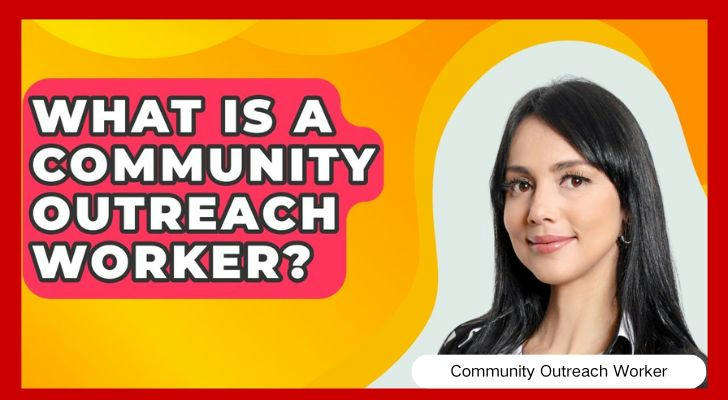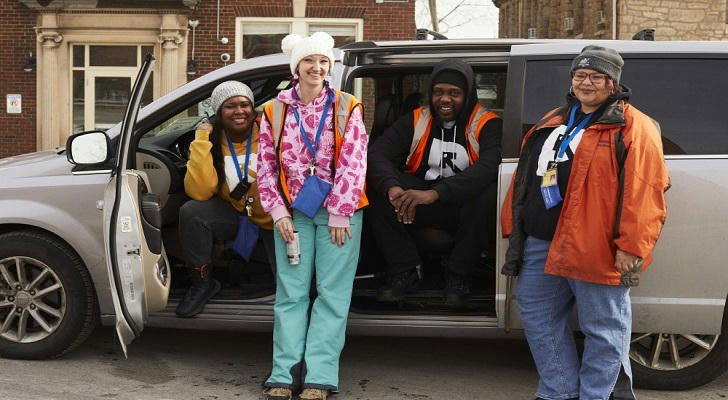What Is a Community Outreach Worker?
Community outreach workers serve as bridges between underserved populations and the resources they need to thrive. Whether addressing housing, health care, food insecurity, or youth development, these professionals engage directly with communities to connect individuals and families with vital programs and support systems.

Part One: Defining the Role
A community outreach worker’s primary mission is to raise awareness, provide support, and facilitate access to services. This often means working outside traditional office settings—in neighborhoods, schools, shelters, or public spaces—to meet people where they are.
Key responsibilities often include:
- Educating communities about public health, safety, or available services
- Connecting individuals with housing, medical care, or legal aid
- Organizing workshops or resource fairs
- Providing referrals and helping clients navigate social services
- Gathering community feedback to inform programs
Community outreach work is hands-on, practical, and deeply people-centered. It's not limited to one sector—it spans healthcare, education, nonprofit services, youth programs, and public health.
Part Two: Qualities and Skills
Successful outreach workers need more than technical knowledge—they must be able to engage others with empathy, clarity, and consistency.
Core skills include:
- Interpersonal communication: Building trust across diverse groups
- Cultural sensitivity: Working respectfully with individuals from all backgrounds
- Adaptability: Responding to changing community needs and environments
- Organizational skills: Coordinating events, tracking progress, and managing documentation
- Problem-solving: Finding creative solutions with limited resources
Because much of the work takes place in community spaces, outreach workers also need confidence and initiative. They often serve as the first point of contact for people who may feel overlooked by traditional systems.
Part Three: Where They Work
Community outreach workers are employed in various settings, such as:
- Nonprofit organizations
- Public health departments
- Youth and family services
- Homeless shelters
- Addiction recovery programs
- Immigrant support organizations
Depending on the employer, roles may involve street outreach, group facilitation, community education, or case management. Some positions are mobile, while others are based at drop-in centers or local offices.

Part Four: Education and Pathways to Employment
There is no single route into community outreach work, which makes the field accessible to individuals from many backgrounds. That said, many employers prefer candidates with experience or training in fields such as:
- Human services
- Public health
- Social work
- Community development
- Psychology or sociology
Typical educational options include:
- High school diploma with experience in volunteer or grassroots work
- Certificate programs focused on outreach or case management
- Associate or bachelor’s degrees in human services or related fields
Coursework in communication, ethics, cultural studies, and crisis response can be particularly useful. In some programs, practicum placements in the field are included to build experience before entering the workforce.
Part Five: Career Outlook and Development
As public agencies and nonprofits expand efforts to address social issues through direct engagement, the demand for trained outreach professionals continues to rise. The U.S. Bureau of Labor Statistics groups community outreach roles under the broader category of social and human service assistants, which is expected to grow by 9% from 2022 to 2032.
(Source: U.S. Bureau of Labor Statistics, Occupational Outlook Handbook, Social and Human Service Assistants)
Over time, outreach workers may move into roles such as:
- Program coordinator or supervisor
- Community health educator
- Case manager
- Policy advocate or grant writer
Continued education in social work, public administration, or nonprofit leadership can support long-term career growth.

Part Six: How to Get Started
Starting in community outreach often involves grassroots volunteering or support roles in local organizations. These experiences build relevant skills and connections.
Individuals interested in pursuing this path should:
- Look into community college or continuing education courses in human services
- Seek volunteer opportunities at local shelters, food banks, or community centers
- Develop communication and problem-solving abilities through real-world practice
Building familiarity with local systems—such as housing programs, food assistance, or mental health services—can also be a strong advantage.
Conclusion
Community outreach workers are essential in ensuring that resources reach the people who need them most. Through advocacy, education, and coordination, they help strengthen communities from the ground up. For individuals who are passionate about social change and direct service, this role offers a powerful way to make a difference in the everyday lives of others.
References:
- U.S. Bureau of Labor Statistics
- National Community Action Partnership
- Community Health Worker Core Consensus Project
